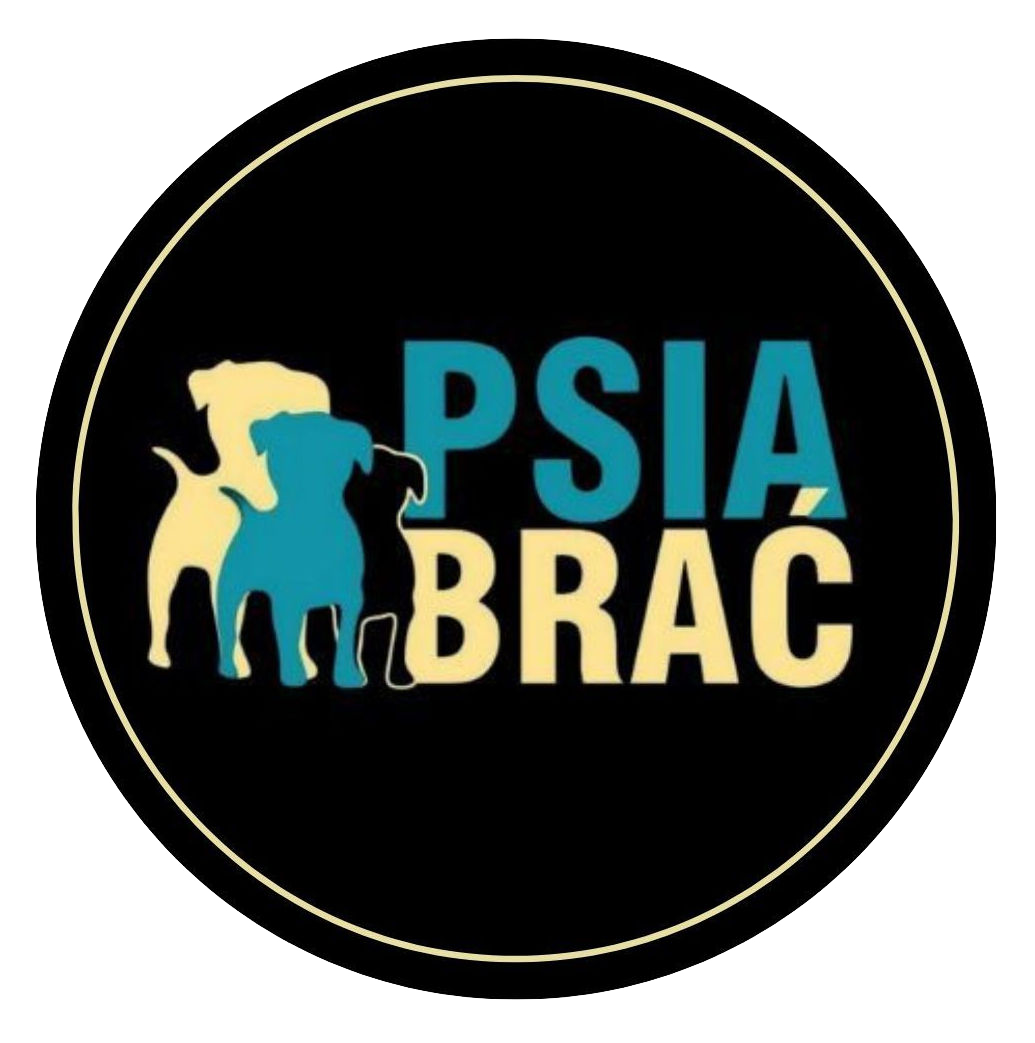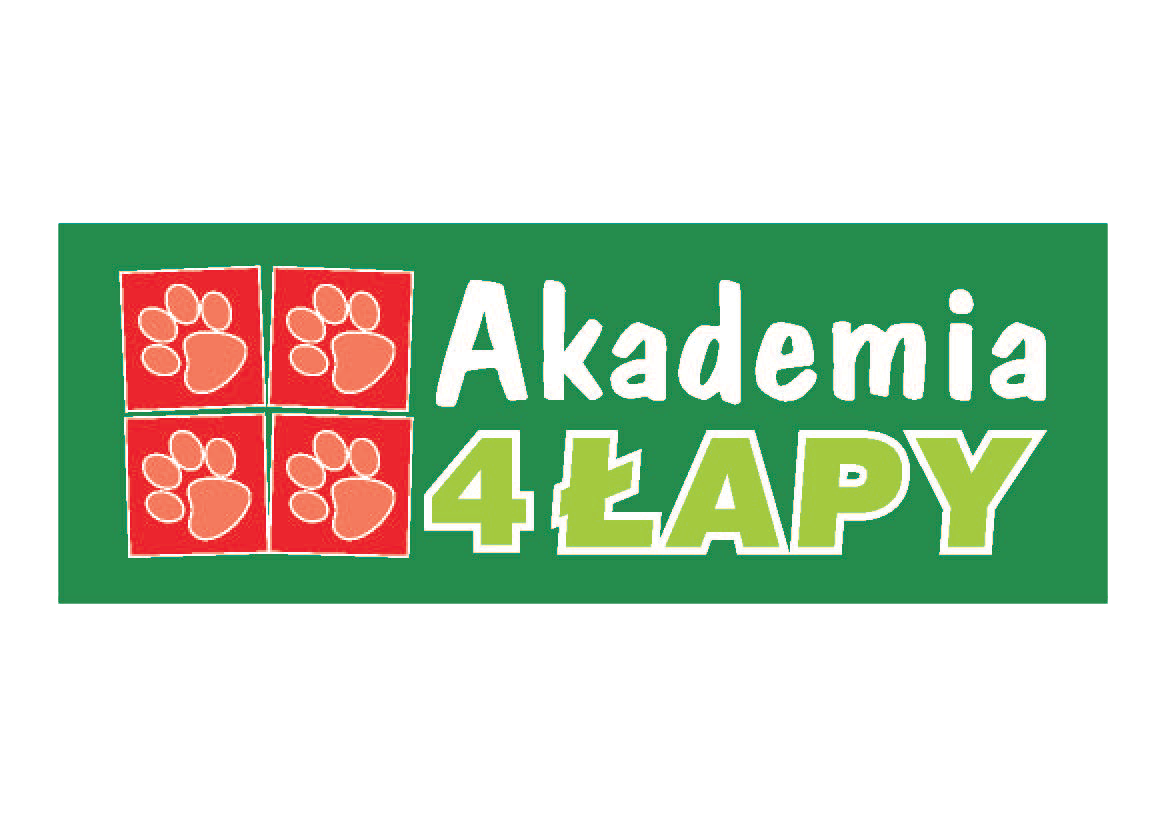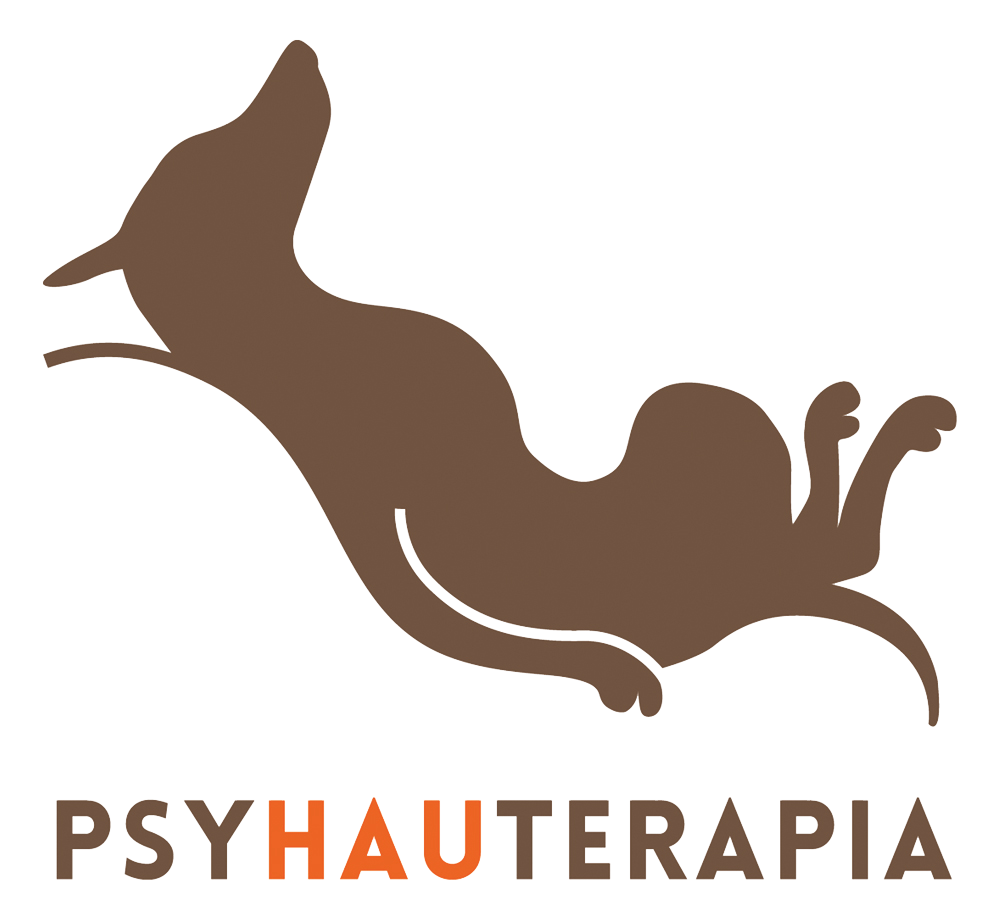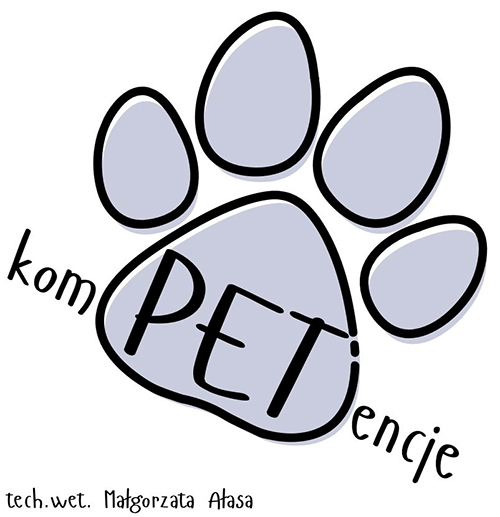List otwarty - petycja do Prezydenta RP, Posłów i Senatorów w sprawie zakazu obrotu na terenie RP i wykorzystywania w treningu z psami obroży elektrycznych, obroży zaciskowych i kolczatek
Szanowni Państwo!
Występując w imieniu środowiska behawiorystów, trenerów, szkoleniowców i innych osób pracujących z zwierzętami domowymi, pragniemy wyrazić nasz zdecydowany sprzeciw wobec praktyk szkoleniowych, które polegają na stosowaniu przemocy i wykorzystywaniu w treningu psów narzędzi, takich jak obroże elektryczne (elektroniczne, antyszczekowe), obroże zaciskowe (dławiki) i kolczatki. Uważamy, że takie metody szkolenia są nieetyczne, ponieważ powodują strach, ból i cierpienie.
W związku z powyższym wnioskujemy o całkowity zakaz używania na terenie RP w/w narzędzi oraz o zakaz stosowania w szkoleniu metod wywołujących ból, strach i cierpienie zwierząt. W ostatnich latach z niepokojem obserwujemy wzrost wykorzystywania w szkoleniu psów metod i narzędzi awersyjnych i, z tego co obserwujemy między innymi za pośrednictwem mediów społecznościowych, są one zdecydowanie nadużywane.
Nasze środowisko zrzesza specjalistów pracujących ze zwierzętami domowymi (towarzyszącymi), w tym również z psami agresywnymi. Chcemy w jasny sposób zaznaczyć, że w naszej pracy konsekwentnie odrzucamy wszelkie metody promujące przemoc i uważamy, że używanie „narzędzi treningowych”, takich jak obroże elektryczne, obroże zaciskowe i kolczatki, w sposób jawny narusza zapisy obowiązującej w Polsce Ustawy z dnia 21 sierpnia 1997 r. o ochronie zwierząt.
Dzięki rozwojowi nauki w obszarach, takich jak psychologia i neurobiologia, dysponujemy niepodważalnymi dowodami na to, że sprawianie bólu oraz wywoływanie w psach emocji strachu i przerażenia zamiast rozwiązywać problem - może go jeszcze bardziej nasilić.
Po pierwsze, podczas treningu awersyjnego występuje problem regulacji nasilenia bodźca awersyjnego, co może skutkować wywołaniem silnego bólu oraz lęku lub agresji u zwierzęcia 1,2.
Istnieje również ryzyko nieintencjonalnego skojarzenia bodźca elektrycznego z niepowiązanymi bodźcami zewnętrznymi, co może prowadzić do nieprzewidywalnych reakcji psa1,3 oraz przyczynić się do nasilenia lękowych i agresywnych zachowań 4–6.
Stosowanie wobec psów przemocy prowadzi także do pogorszenia relacji między psem a opiekunem lub psem a szkoleniowcem, burząc zaufanie, będące filarem poczucia bezpieczeństwa. Pies, który nie czuje się bezpiecznie w relacji, może reagować obronnie nawet w sytuacji pozornie neutralnej.
Metody awersyjne skupiają się na zatrzymaniu zewnętrznego objawu problemu, pomijając jego przyczyny. Nie możemy zatem mówić o modyfikacji niepożądanego zachowania, a jedynie o jego zahamowaniu. Zahamowane reakcje psa mogą zostać odhamowane w najmniej spodziewanym momencie i stanowić zagrożenie zarówno dla ludzi, jak i innych zwierząt.
Należy również zauważyć, że dystres na poziomie neurologicznym blokuje procesy uczenia się. W efekcie pies poddany szkoleniu awersyjnemu, który niewątpliwie uruchamia w organizmie reakcję stresową, będzie uczył się wolniej, jeśli w ogóle zdoła wejść w tryb nauki.
Ostatecznie, zezwalając na korzystanie z rzeczonych metod, zwiększamy ryzyko nadużywania ich zarówno przez trenerów, jak i opiekunów psów, szczególnie w sytuacjach silnego wzburzenia emocjonalnego 3,7.
Dzięki osiągnięciom współczesnej nauki możemy korzystać z wielu skutecznych, a jednocześnie bardziej humanitarnych metod szkolenia, opierających się na wzmocnieniu pozytywnym, komunikacji oraz budowaniu zaufania i więzi ze zwierzętami. Metody te pozwalają trwale modyfikować zachowanie zwierzęcia i wyeliminować zaburzenia behawioralne. Kluczową rolę odgrywa tutaj odpowiednio przeprowadzony trening pozytywny 8,10–15, a w przypadkach wysoce skomplikowanych z pomocą przychodzi dynamicznie rozwijająca się medycyna behawioralna, a zwłaszcza psychiatria weterynaryjna. Nadmieniamy również, że pomimo stosowania obroży elektrycznych przez licznych trenerów od wielu lat, nie ma dowodów potwierdzających, że są one skuteczniejsze w szkoleniu psów niż metody pozytywnego wzmocnienia 3,6,8,9.
Wzrastające zrozumienie roli teorii uczenia się w kontekście dobrostanu psów prowadzi do promowania przez światowe i europejskie organizacje szkoleniowe, charytatywne i akademickie metod uważanych za bardziej humanitarne. Obecnie w wielu krajach, takich jak Niemcy, Szwecja, Norwegia, Szwajcaria, Austria, Holandia, Finlandia, Islandia, Francja i Wielka Brytania, podejmuje się działania legislacyjne lub już wprowadzono w nich zakazy bądź ścisłe ograniczenia dotyczące korzystania w szkoleniu psów z praktyk wywołujących ból i strach, w tym z obroży elektrycznych, antyszczekowych, zaciskowych i kolczatek.
Oczekujemy wprowadzenia podobnego zakazu w Polsce. Pragniemy zachęcić osoby mające wpływ na tworzenie prawa w naszym kraju do podjęcia kroków w celu ustanowienia zakazów lub ograniczeń dotyczących używania awersji w szkoleniu zwierząt oraz zakazu sprzedaży i używania narzędzi wywołujących ból oraz cierpienie.
Apelujemy do wszystkich zaangażowanych w trening i pracę z psami, w tym behawiorystów, zoopsychologów, szkoleniowców, lekarzy weterynarii, hodowców, opiekunów psów, organizacji zajmujących się ochroną zwierząt oraz władz ustawodawczych, o poparcie naszej inicjatywy. Jesteśmy przekonani, że taka zmiana przyniesie wymierne korzyści, przede wszystkim zwierzętom domowym, ale także opiekunom psów i społeczeństwu w ogóle. Działając wspólnie z pozycji empatii możemy stworzyć świat, w którym zwierzęta są traktowane z godnością i przysługującym im szacunkiem.
Z poważaniem
Beata Leszczyńska
Prezes Zarządu Stowarzyszenia
Behawiorystów i Trenerów COAPE
Open Letter - Petition to the President of the Republic of Poland, Members of Parliament, and Senators regarding the ban on the sale and use of electric collars, choke chains, and prong collars in Poland in dog training
On behalf of the community of behaviourists, trainers, educators, animal behavior researchers, and other professionals working with companion animals, we would like to express our strong opposition to training practices that involve the use of violence and tools such as electric collars (electronic, anti-bark), choke chains, and prong collars. We believe that such training methods are unethical as they cause fear, pain, and suffering.
Therefore, we request a complete ban on the use of the aversive tools and methods in companion animal training since they result in pain, fear, and suffering. In recent years, we have been observing with great concern especially through social media, the growing popularity of aversive practices. We believe these methods have been widely overused.
Our community brings together specialists working with companion animals, including those dealing with aggressive dogs. We would like to make it clear that in our work, we consistently reject all methods that promote violence, and we believe that the use of "training tools" such as electric collars, choke chains, and prong collars openly violates the provisions of the Polish Animal Welfare Act of August 21, 1997. (Ustawa o Ochronie Zwierząt 21.08.1997)
Thanks to advances in scientific fields such as ethology, psychology, and neurobiology, we have undisputed evidence that causing pain and inducing emotions of fear and terror in dogs, instead of solving problems, can intensify them. In aversive training, there is a problem with regulating the intensity of aversive stimuli, which can result in severe pain, fear, or aggression in the animal.
There is also a strong risk of unintentional association of the electric stimulus with unrelated external stimuli, leading to unpredictable reactions in dogs and contributing to the escalation of fear and aggressive behaviors. The use of violence against dogs also worsens the relationship between the dog and its guardian or the dog and the trainer, destroying the trust that is the foundation of a sense of safety and security. A dog that does not feel secure in relation with a human might react defensively even in seemingly neutral situations.
Aversive methods focus on suppressing the external manifestation of the problem while disregarding its underlying causes. Therefore, we cannot speak of modifying unwanted behavior but only of its inhibition. Inhibited dog reactions can be unleashed at the least expected moment, posing a threat to both humans and other animals. It should also be noted that distress at the neurological level can hinder the learning process. As a result, a dog subjected to aversive training, which undoubtedly triggers a stress response in the body, will learn more slowly, if it can enter the learning mode at all.
Finally, by allowing the use of these methods, we increase the risk of their misuse by both trainers and dog guardians, particularly in situations of strong emotional arousal.
Thanks to the achievements of modern science, we have access to many effective yet more humane training methods based on positive reinforcement, communication, and the establishment of trust and bonds with animals. These methods allow for a lasting modification of animal behavior and the elimination of behavioral problems. The key element is well administered positive training, i.e., training which is based on rewarding desirable behaviours. Rapidly evolving behavioural medicine, and especially veterinary psychiatry, comes to aid in particularly complicated cases We need to underline that despite the long-standing use of electric collars by many trainers, there is no evidence confirming their higher efficacy in dog training compared to methods based on positive reinforcement.
The growing understanding of the role of learning theory in the context of animal welfare leads global and European training organizations, charities, and academic institutions to promote methods nowadays considered more humane. Recently, in many countries such as Germany, Sweden, Norway, Switzerland, Austria, the Netherlands, Finland, Iceland, France, and the United Kingdom, legislative actions are being taken, or strict limitations or bans have already been implemented regarding the use of practices that cause pain and fear in dog training, including electric collars, anti-bark collars, choke chains, and prong collars.
We expect a similar ban to be introduced in Poland. We would like to encourage individuals with the power to influence legislation in our country to take steps to establish bans or restrictions on the use of aversion in the training of companion animals and to prohibit the sale and use of training tools that cause pain and suffering.
We appeal to all those involved in training and working with dogs, including behaviorists, ethologists, animal psychologists, trainers, veterinarians, breeders, dog owners, animal protection organizations, and legislative authorities, to support our initiative.
We are convinced that such a change will bring tangible benefits, primarily to companion animals, but also to dog guardians and society as a whole. By acting together from a position of empathy, we can create a world where animals are treated with dignity, respect, and are no longer subjected to unnecessary suffering.
Beata Leszczyńska
President of the Board of the COAPE Behaviorists and Trainers Association
Bibliografia:
- Polsky, R. Can aggression in dogs be elicited through the use of electronic pet containment systems? J. Appl. Anim. Welf. Sci. 3, 345–357 (2000).
- Schalke, E., Stichnoth, J., Ott, S. & Jones-Baade, R. Clinical signs caused by the use of electric training collars on dogs in everyday life situations. Appl. Anim. Behav. Sci. 105, 369–380 (2007).
- Blackwell, E. J., Bolster, C., Richards, G., Loftus, B. A. & Casey, R. A. The use of electronic collars for training domestic dogs: estimated prevalence, reasons and risk factors for use, and owner perceived success as compared to other training methods. BMC Vet. Res. 8, 93 (2012).
- Christiansen, F. O., Bakken, M. & Braastad, B. O. Behavioural changes and aversive conditioning in hunting dogs by the second-year confrontation with domestic sheep. Appl. Anim. Behav. Sci. 72, 131–143 (2001).
- Biobehavioral monitoring and electronic control of behavior. in Handbook of Applied Dog Behavior and Training, Volume Three 557–633 (Blackwell Publishing Professional, 2008).
- Cooper, J. J., Cracknell, N., Hardiman, J., Wright, H. & Mills, D. The welfare consequences and efficacy of training pet dogs with remote electronic training collars in comparison to reward based training. PLoS One 9, e102722 (2014).
- Schilder, M. B. H. & van der Borg, J. A. M. Training dogs with help of the shock collar: short and long term behavioural effects. Appl. Anim. Behav. Sci. 85, 319–334 (2004).
- Hiby, E. F., Rooney, N. J. & Bradshaw, J. W. S. Dog training methods: their use, effectiveness and interaction with behaviour and welfare. Anim. Welf. 13, 63–69 (2004).
- China, L., Mills, D. S. & Cooper, J. J. Efficacy of dog training with and without remote electronic collars vs. a focus on positive reinforcement. Front. Vet. Sci. 7, 508 (2020).
- Rooney, N. J. & Cowan, S. Training methods and owner–dog interactions: Links with dog behaviour and learning ability. Appl. Anim. Behav. Sci. 132, 169–177 (2011).
- Guilherme Fernandes, J., Olsson, I. A. S. & Vieira de Castro, A. C. Do aversive-based training methods actually compromise dog welfare?: a literature review. Appl. Anim. Behav. Sci. 196, 1–12 (2017).
- Ziv, G. The effects of using aversive training methods in dogs—A review. J. Vet. Behav. 19, 50–60 (2017).
- Masson, S. et al. Electronic training devices: Discussion on the pros and cons of their use in dogs as a basis for the position statement of the European Society of Veterinary Clinical Ethology. J. Vet. Behav. 25, 71–75 (2018).
- ELECTRONIC TRAINING DEVICES: ESVCE POSITION STATEMENT. http://www.vdwe.be http://www.vdwe.be/wp-content/uploads/2019/01/ESVCE-Position-Statement-e-collar-2018-ENG.pdf (2019).
- Stallard, C. a ban on using electric shock collars is great – but we need to ban sales of aversive devices to protect pets. www.bluecross.org.uk https://www.bluecross.org.uk/news/we-need-to-ban-aversive-devices-to-protect-pets (2022).
 ściągnij list w pdf
ściągnij list w pdf
WSPIERAJĄ NAS:








































.png)



























































.png)

















 (1).png)


















